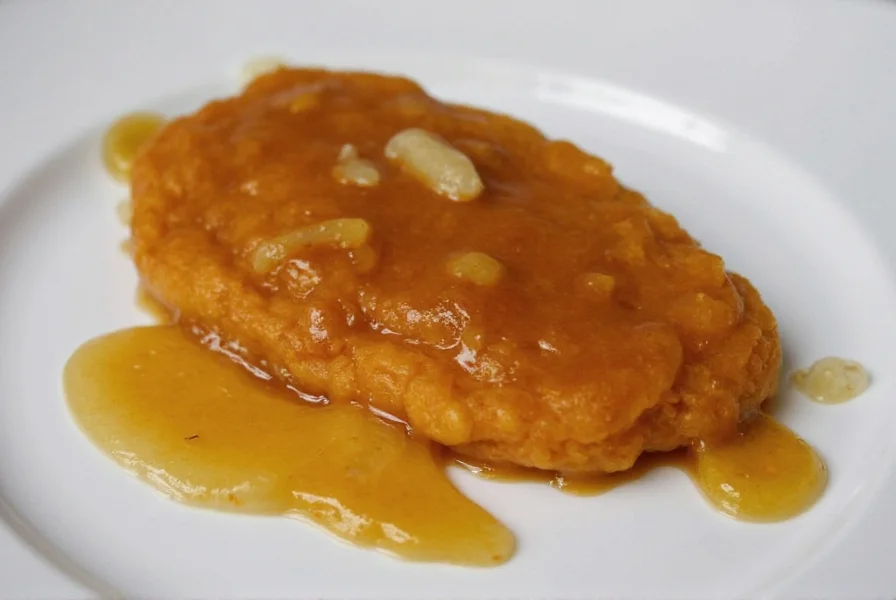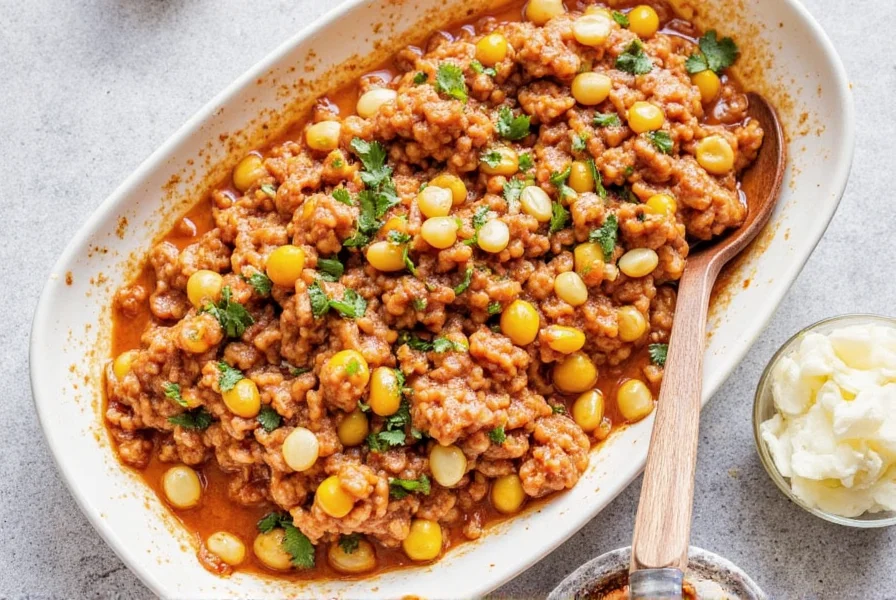Sweet & Savory: A Spicy Guide to Kecap Manis Recipe for Every Kitchen
Table of Contents
- Introduction to Kecap Manis
- Why Kecap Manis is a Must-Have in Your Pantry
- The Basic Kecap Manis Recipe
- Cooking Tips for Perfect Kecap Manis
- Buying Guide: Choosing the Best Kecap Manis
- Conclusion
Introduction to Kecap Manis
Kecap manis, also known as sweet soy sauce, is a staple in Southeast Asian cuisine. It's not just a condiment—it's a flavor booster that can transform any dish from ordinary to extraordinary. With its unique blend of sweetness and umami, kecap manis has become a favorite among both home cooks and professional chefs.

Why Kecap Manis is a Must-Have in Your Pantry
If you're looking to add depth and complexity to your cooking, kecap manis should be on your shelf. Here are a few reasons why:
- Flavor Enhancement: Its natural sweetness complements savory dishes like grilled meats, stir-fries, and noodles.
- Versatility: Use it as a marinade, glaze, or even in desserts for a unique twist.
- Cultural Flavor: It brings an authentic taste to Indonesian, Malaysian, and Singaporean recipes.
The Basic Kecap Manis Recipe
While store-bought kecap manis is convenient, making your own gives you full control over the flavor. Here’s a simple homemade recipe:
Ingredients
- 1 cup soy sauce (preferably light)
- 1/4 cup brown sugar
- 1 tablespoon rice vinegar
- 1 teaspoon garlic powder
- 1 teaspoon ginger powder
- 1/2 teaspoon black pepper
- Optional: 1/4 cup water to adjust consistency
Instructions
- Combine all ingredients in a pot and bring to a gentle simmer.
- Reduce heat and let it cook for about 10–15 minutes, stirring occasionally.
- Allow the mixture to cool before transferring it to a jar.
- Store in the refrigerator for up to two weeks.
Cooking Tips for Perfect Kecap Manis
Here are some practical tips to help you get the most out of your kecap manis:
- Use Sparingly: Kecap manis is quite sweet, so a little goes a long way.
- Pair with Acid: Balance its sweetness with a splash of vinegar or citrus juice.
- Experiment with Heat: Add a pinch of chili flakes or sriracha for a spicy kick.
- Try Different Cuisines: Kecap manis works well in Western dishes too—think grilled chicken, roasted vegetables, or even burgers.
Buying Guide: Choosing the Best Kecap Manis
Not all kecap manis is created equal. Here’s what to look for when choosing the right one for your needs:
Top 5 Kecap Manis Brands
| Brand | Features | Best For | Occasions |
|---|---|---|---|
| Lee Kum Kee | Smooth texture, balanced sweetness | General use, sauces, marinades | Dinner parties, everyday cooking |
| Toko Bintang | Rich flavor, traditional recipe | Authentic Indonesian recipes | Cultural events, family dinners |
| Bango | Less sweet, more umami | Grilling, roasting | Barbecues, holiday meals |
| Golden Mountain | High-quality, imported | Gourmet cooking, special occasions | Fine dining, dinner parties |
| Kewpie | Fermented, rich flavor | Sushi, noodle dishes | Japanese-inspired meals, casual lunches |
When buying, check the label for quality ingredients and avoid products with excessive additives. The best kecap manis should have a smooth texture, a rich aroma, and a balance of sweetness and saltiness.
Conclusion
Kecap manis is more than just a sauce—it's a flavor enhancer that brings a whole new dimension to your cooking. Whether you're a seasoned chef or a home cook experimenting with new flavors, this versatile ingredient is worth adding to your pantry. From its sweet and savory profile to its ability to elevate a wide range of dishes, kecap manis is a must-have for anyone who loves to explore the world of spices.
Remember, the key to a great kecap manis recipe lies in balance and experimentation. Don’t be afraid to try different combinations and find your perfect match. With a little practice, you'll be able to create dishes that impress even the most discerning palates.











 浙公网安备
33010002000092号
浙公网安备
33010002000092号 浙B2-20120091-4
浙B2-20120091-4